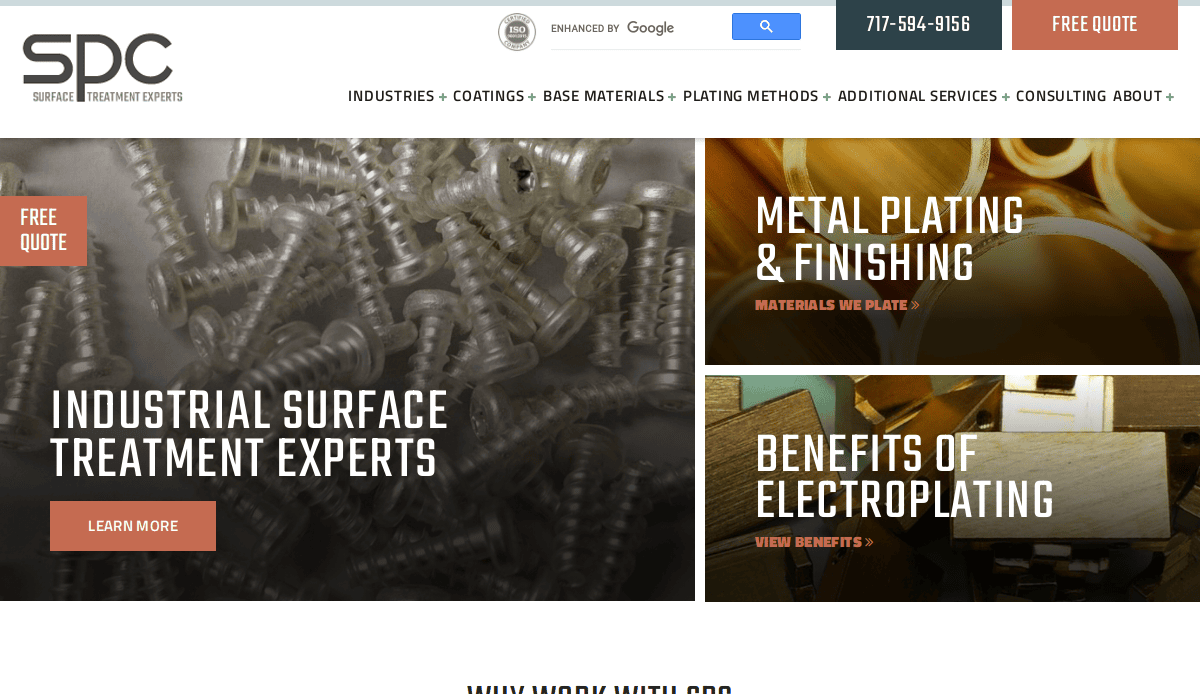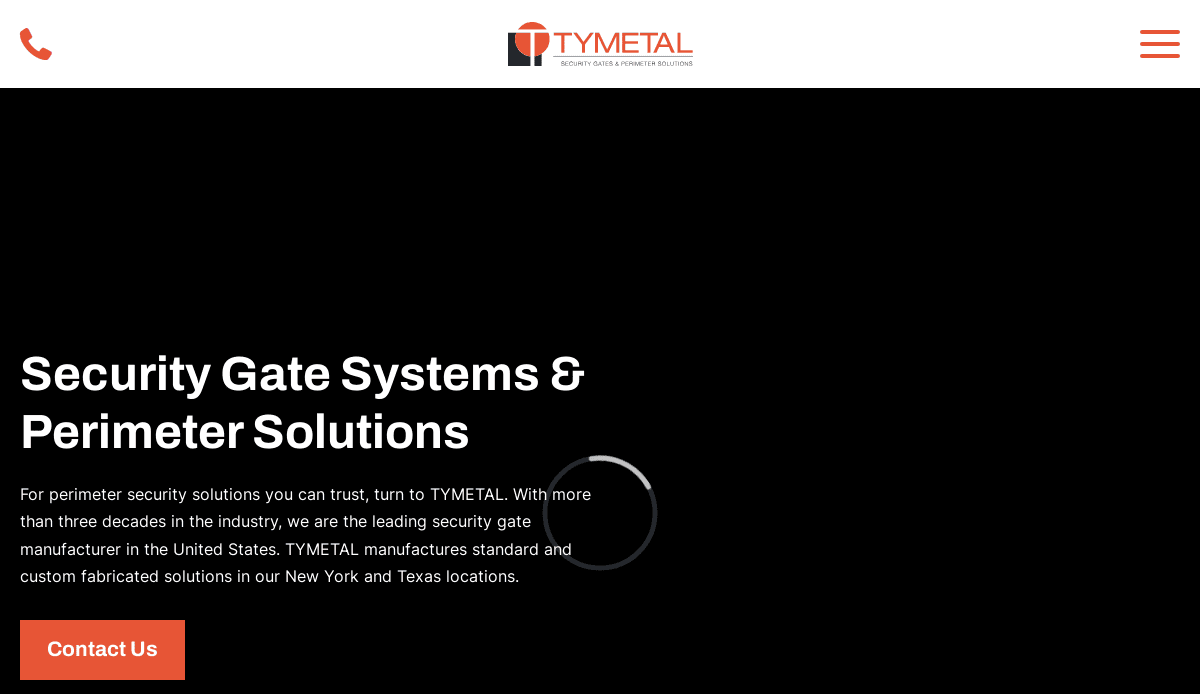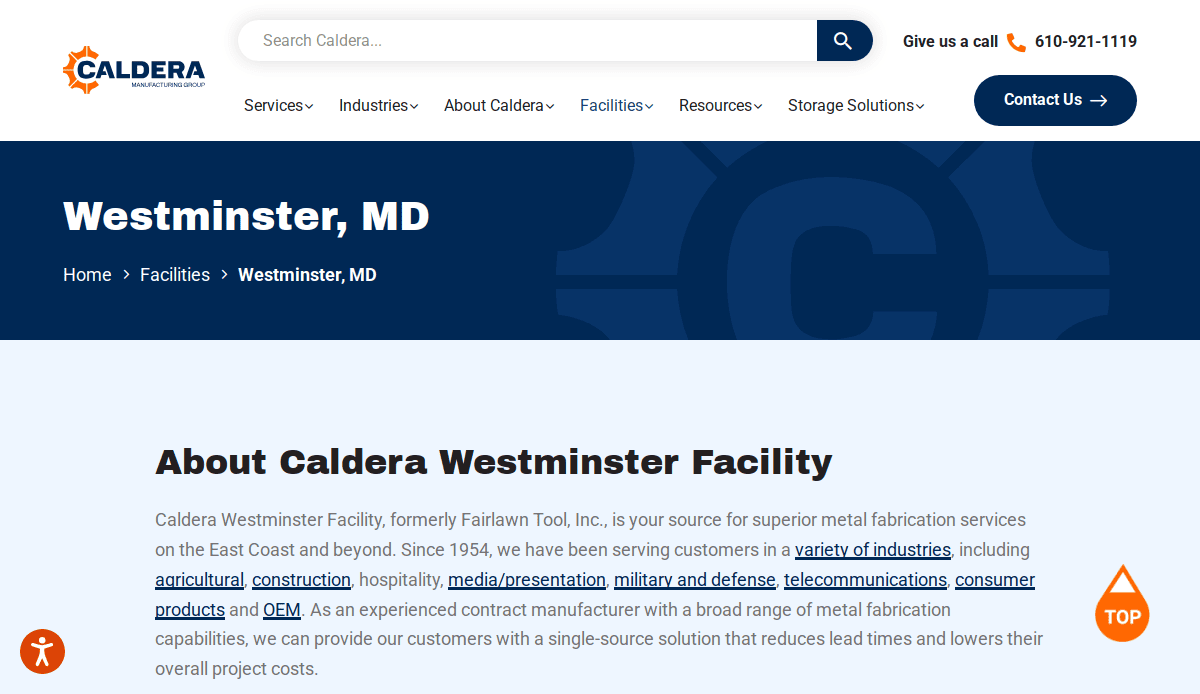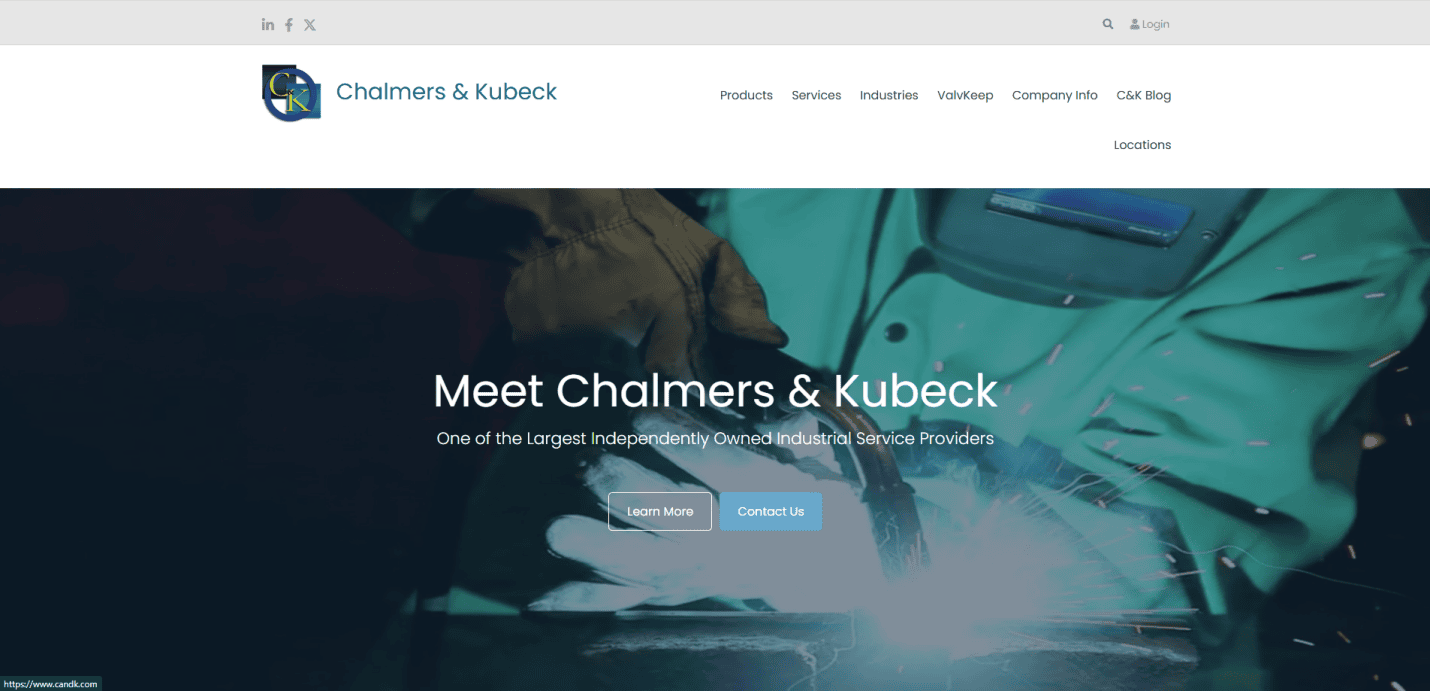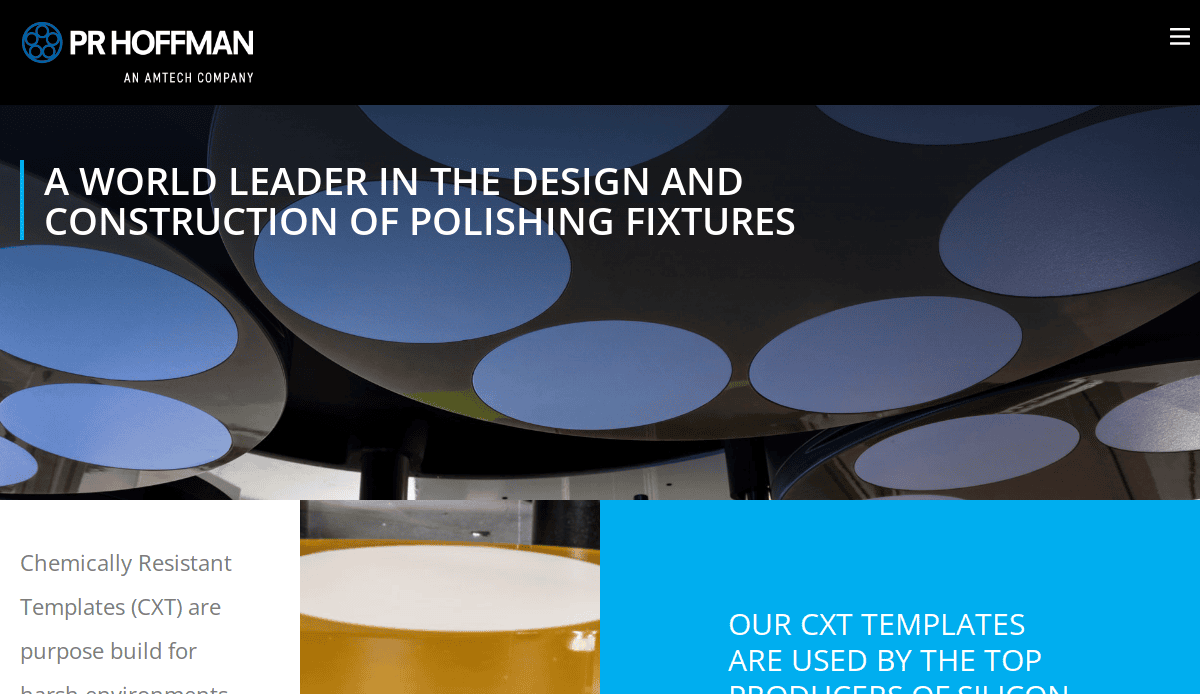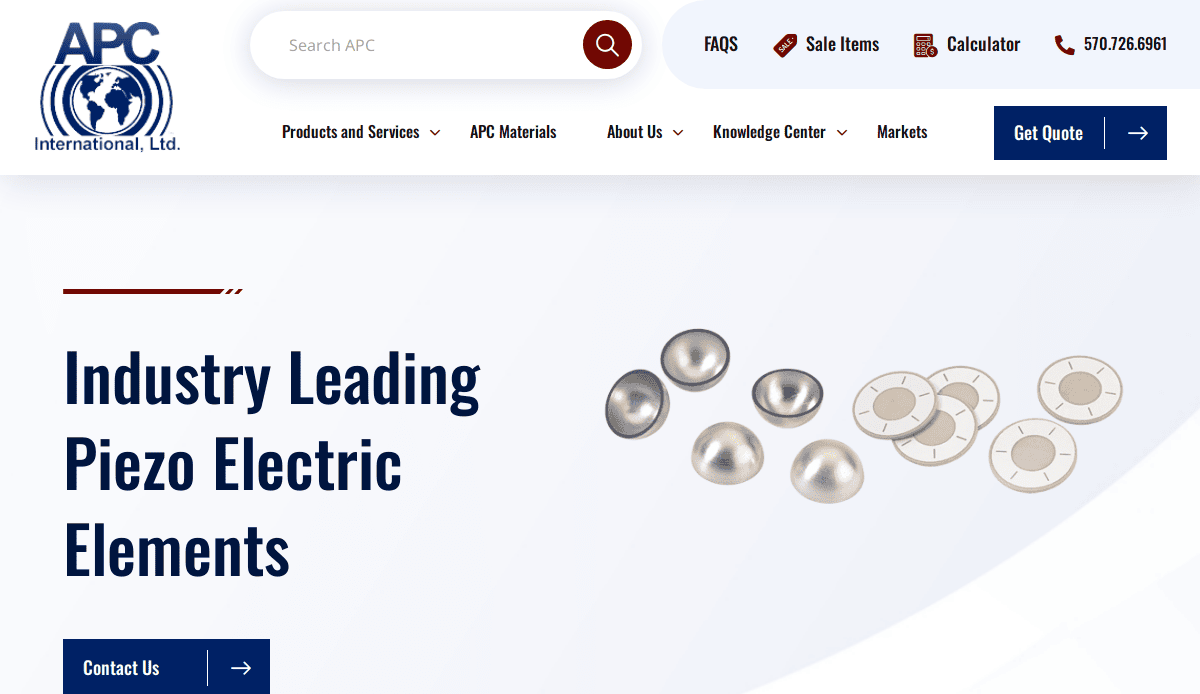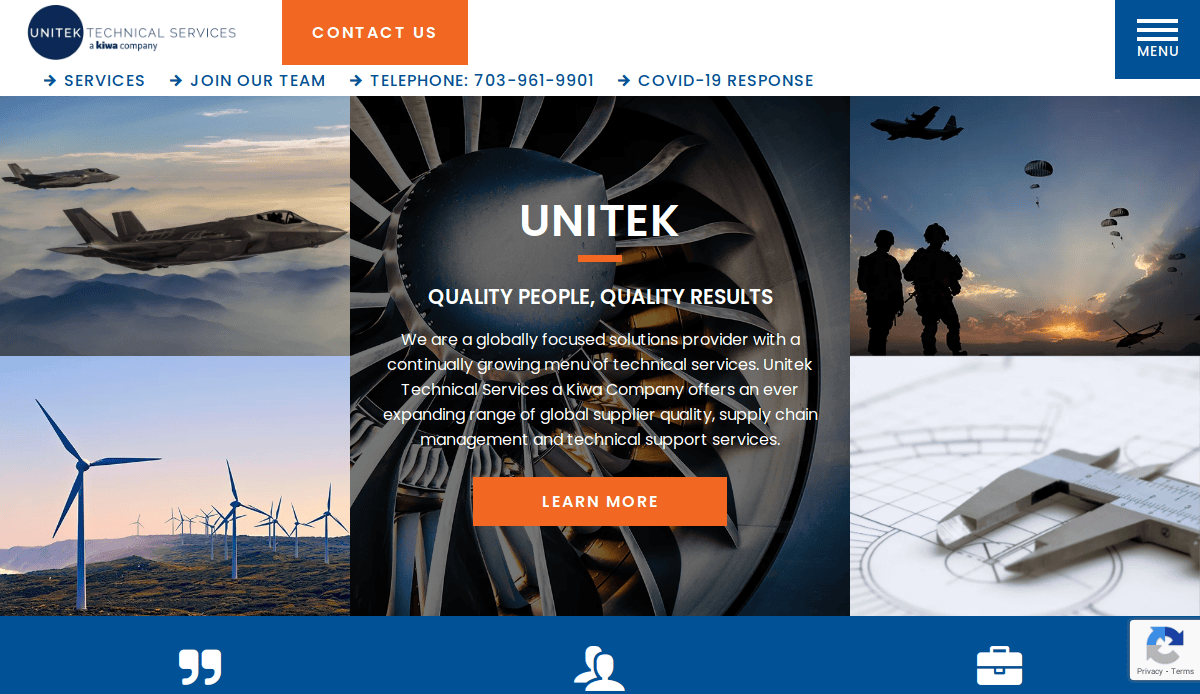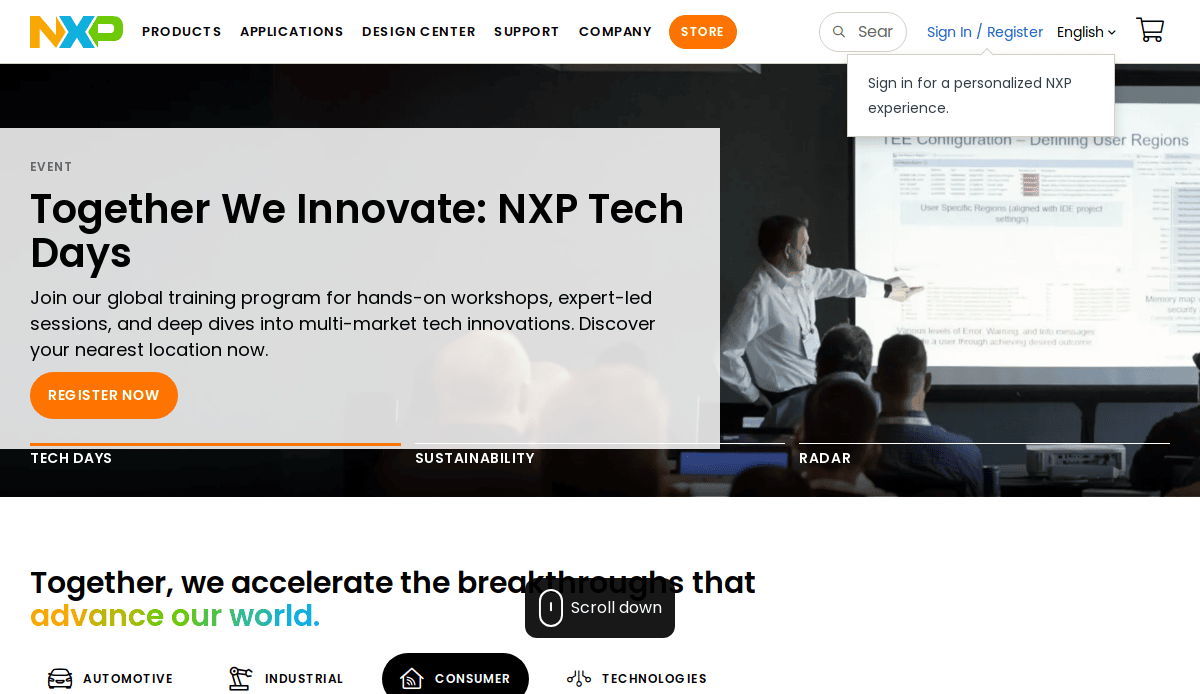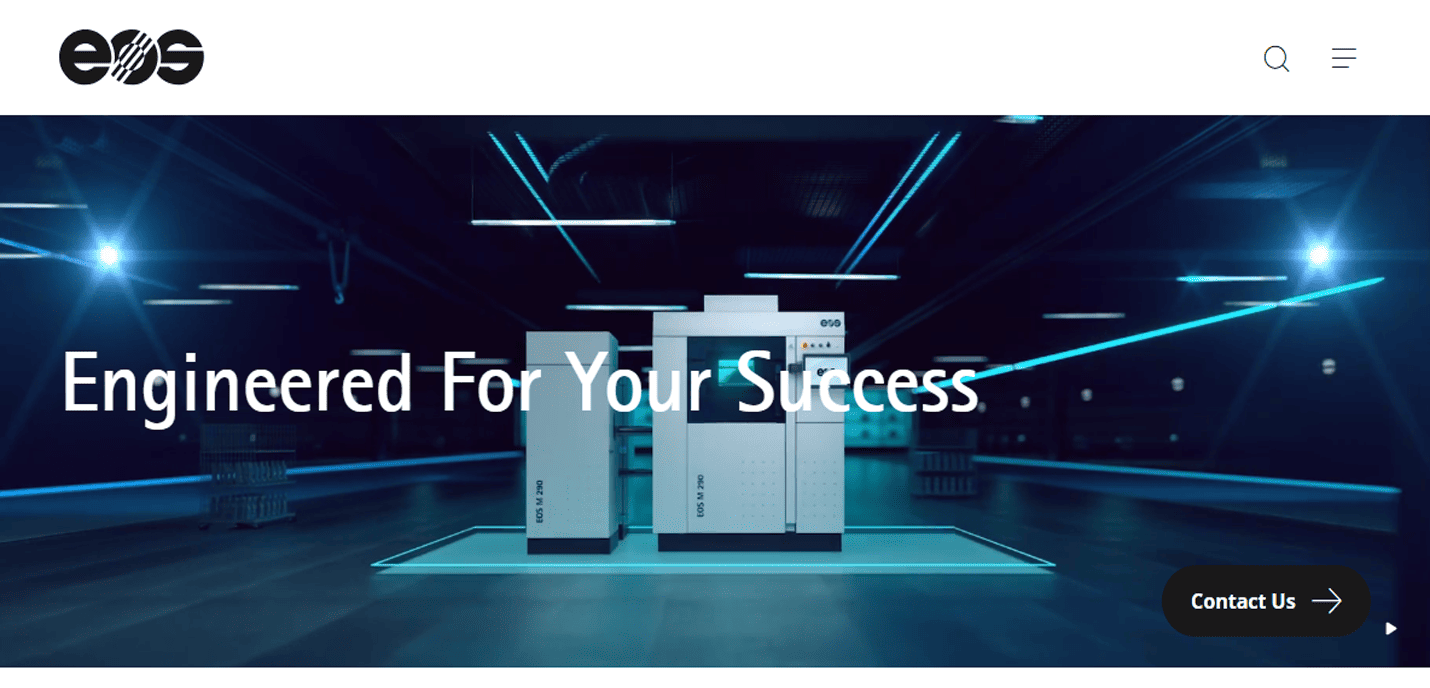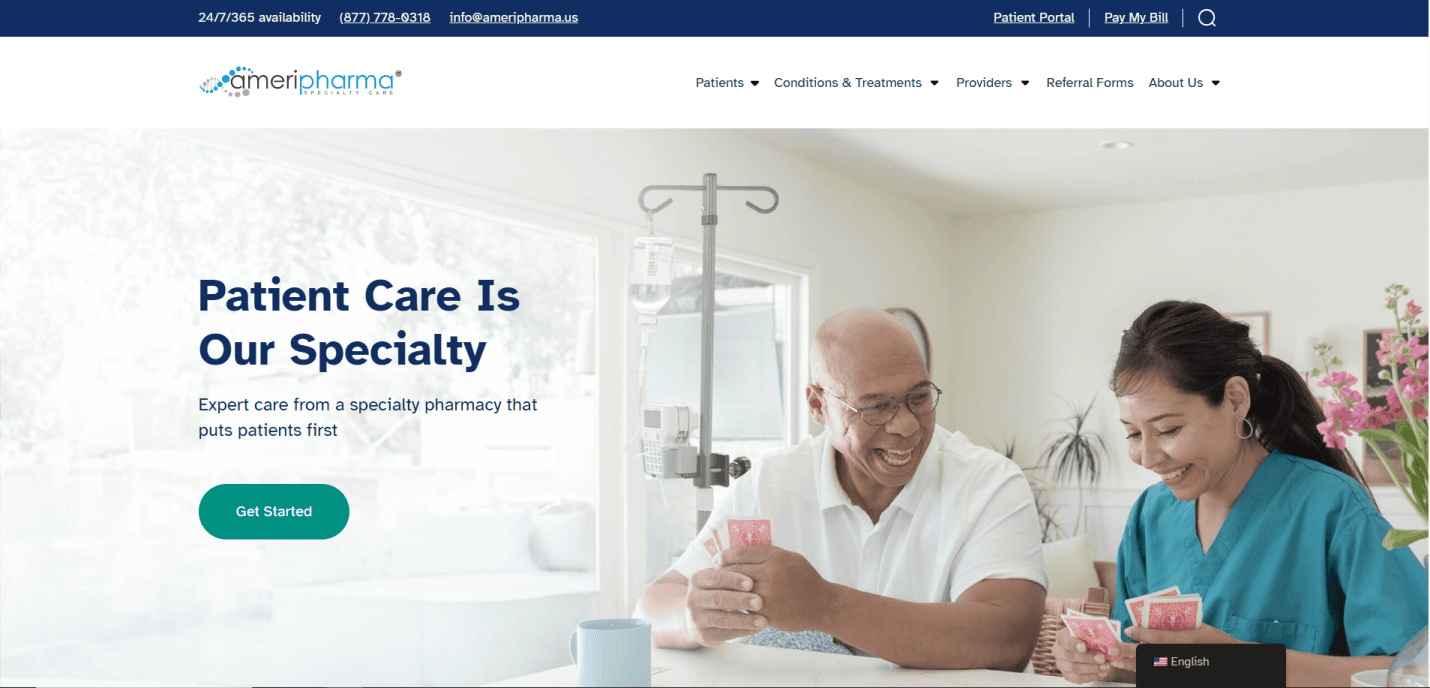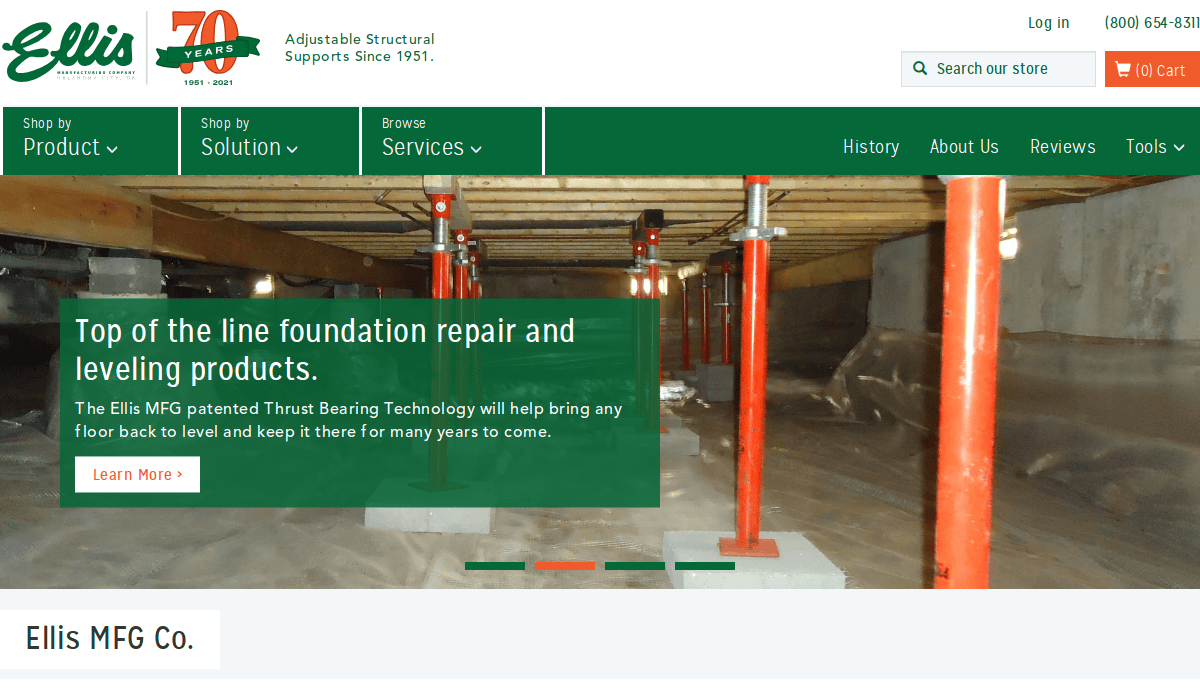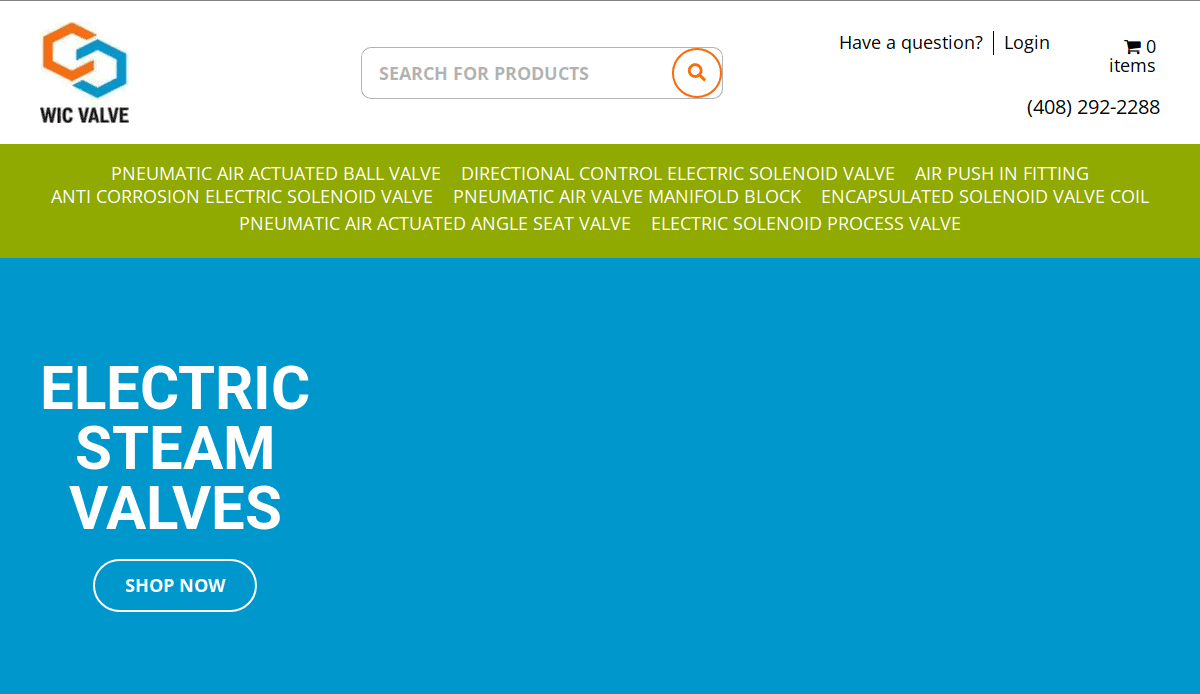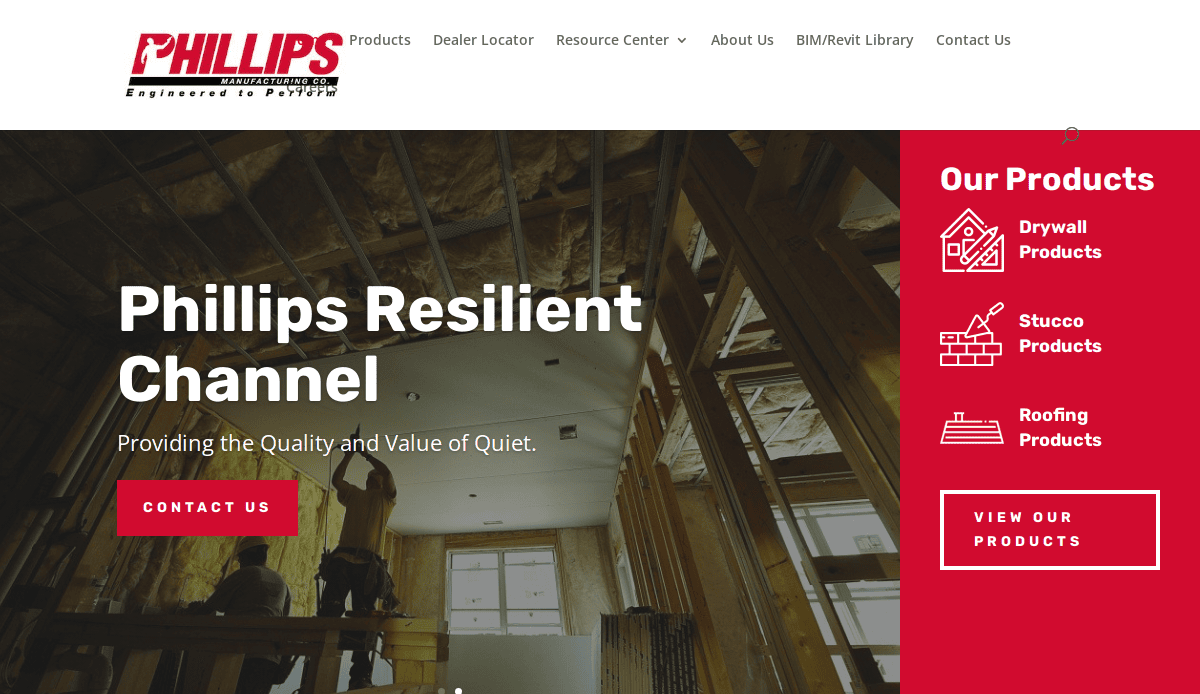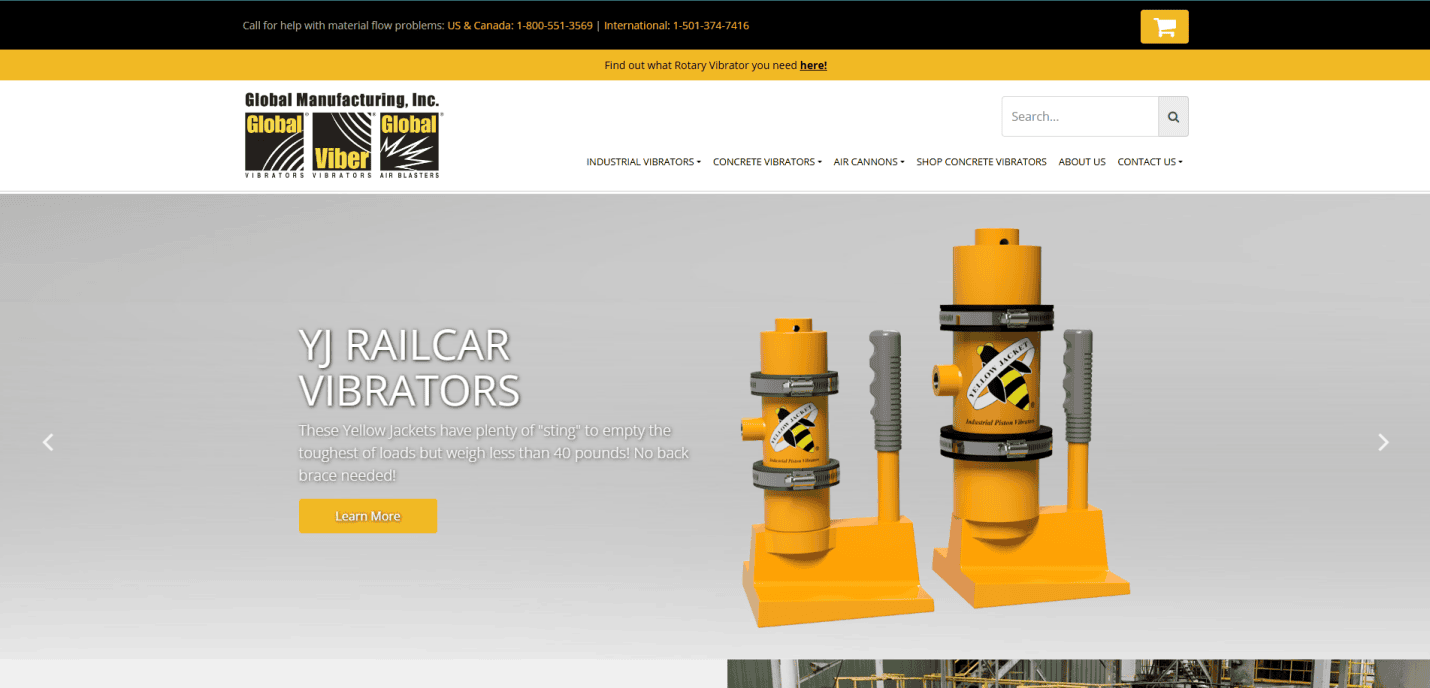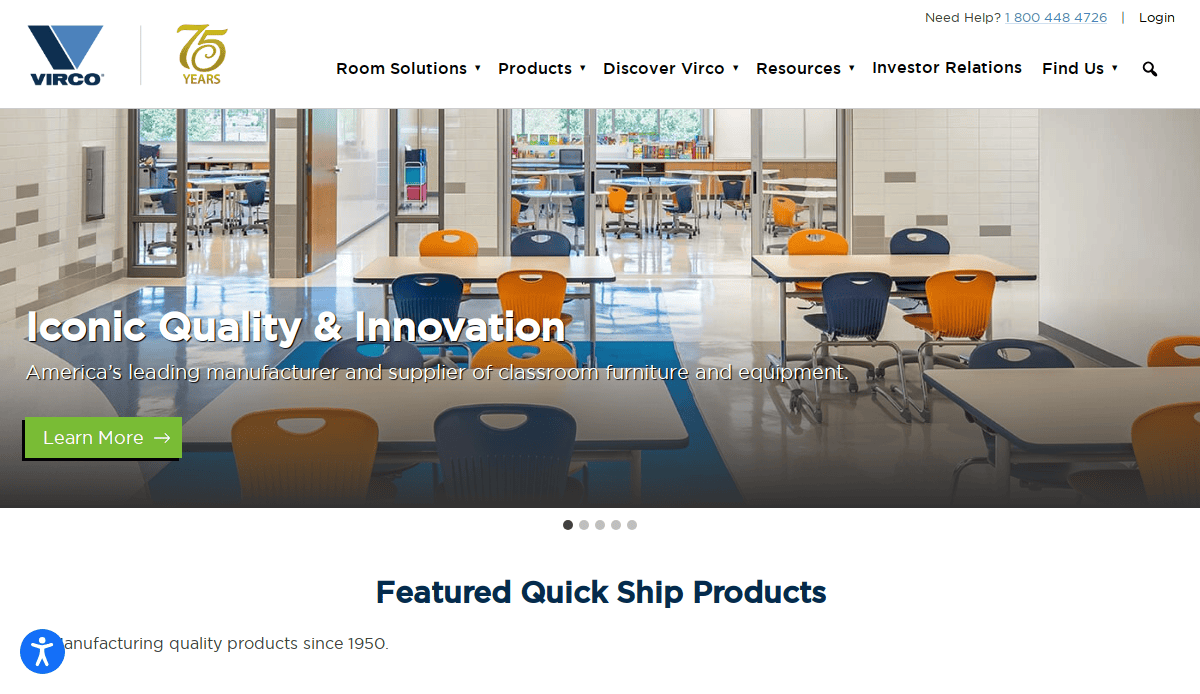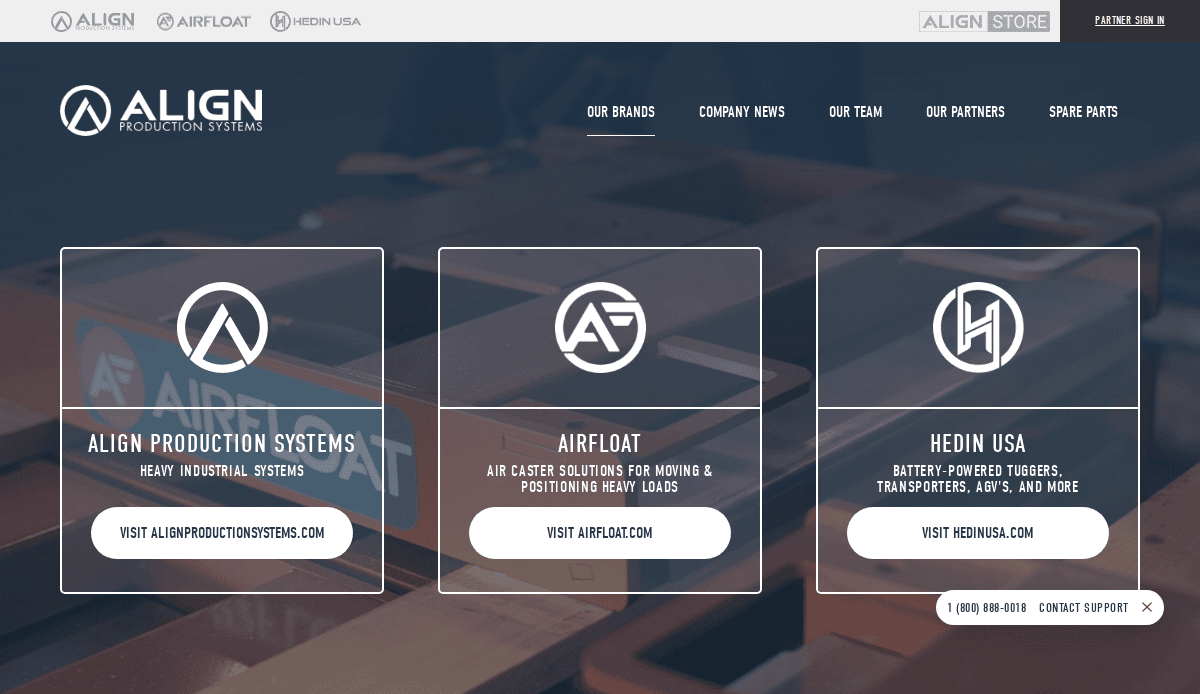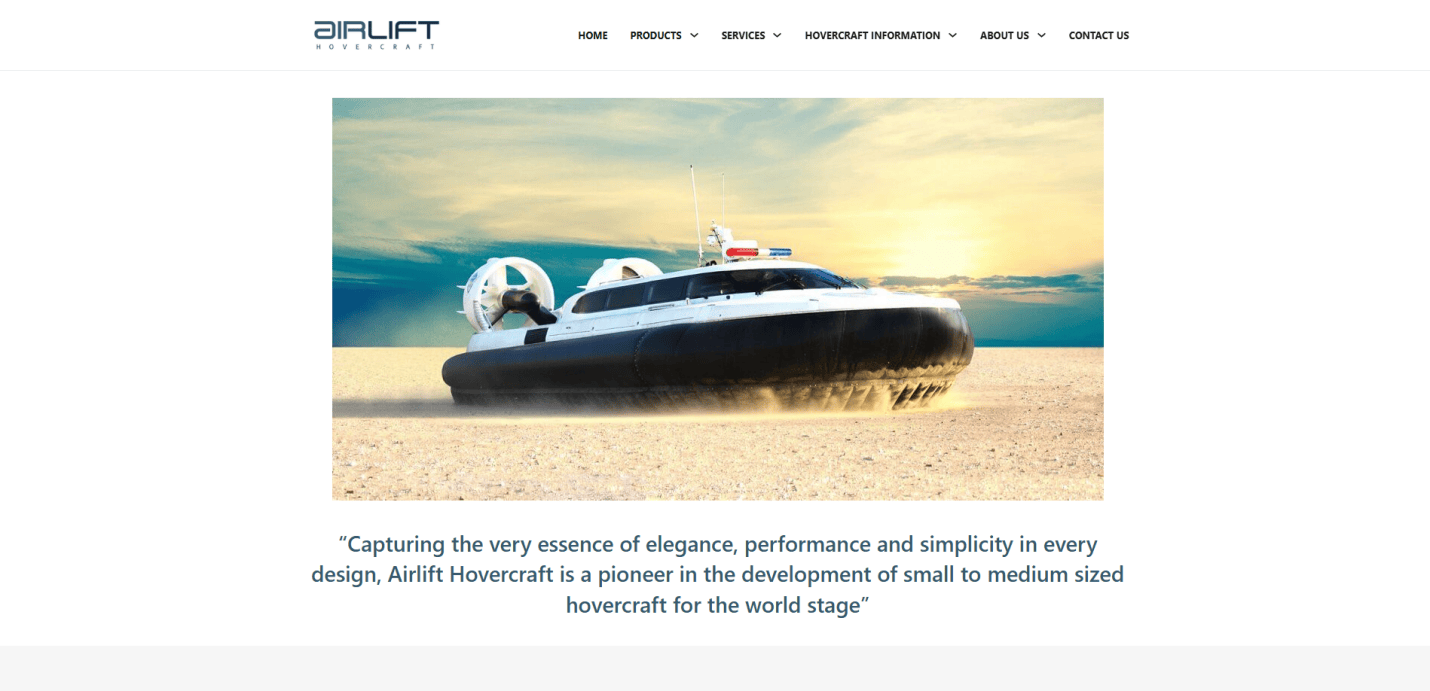Just looking for our Best Manufacturing Website examples list?
Key Takeaways:
- User-Centric Design Drives Results: Professional websites that prioritize clean guidance steps, fast load times, and responsive layouts dramatically improve user experience, reducing bounce rates and encouraging lead conversions.
- Modern Aesthetics Build Trust: A professional, modern website design communicates quality and reliability. Integrating clean design elements, bold visuals, and consistent branding positions manufacturers as industry leaders.
- Content & SEO Fuel Visibility: High-quality product pages, engaging case studies, and strategically optimized content using industry-specific keywords elevate search rankings and attract decision-makers actively searching for solutions.
- Interactive Features Enhance Engagement: Innovative design elements such as 3D product visualizations, configurators, and virtual tours give users a deeper understanding of products and foster a more engaging digital experience.
- Conversion Optimization is Essential: Thoughtful CTAs, easy-to-find contact options, and strong value propositions increase conversion rates by guiding visitors to take action, whether requesting a quote or booking a consultation.
- Mobile-First Design is Non-Negotiable: With increasing mobile usage among B2B buyers, mobile optimization ensures that your manufacturing website performs seamlessly across all devices.
- Trust Signals Matter: Displaying testimonials, industry certifications, client logos, and project portfolios reinforces credibility and helps establish trust with potential clients.
Why Manufacturing Website Design Matters More Than Ever
As we all know, a website is more than just a digital brochure — it’s your most powerful sales tool. The first impression your site makes can be the deciding factor between gaining a new client and losing them to a competitor. A well-designed website reflects your company’s professionalism and plays a critical role in lead generation, brand credibility, and customer retention.
With decision-makers increasingly turning to online research before making purchasing decisions, your website must combine compelling design with strategic functionality. From clean navigation and mobile responsiveness to intuitive product pages and SEO-rich content, every element of your website should be engineered for performance. In this guide, we’ll break down what it takes to build a manufacturing website that looks exceptional and delivers measurable business results.
Website Planning & Purpose
Before diving into design aesthetics or functionality, a successful website starts with strategic planning. This foundational phase ensures that the final site aligns with business objectives, user needs, and industry expectations. Without a clear purpose, even the most visually impressive website can fall short of delivering results.
In the manufacturing sector, the planning phase should focus on identifying your primary audience — typically B2B decision-makers, procurement professionals, and engineers — and understanding their goals when visiting your site. Whether they’re looking to evaluate capabilities, compare specifications, or request a quote, your site must be structured to guide them through that journey.
Define specific goals for your website: Are you focused on lead generation? Do you want to educate prospects about your capabilities? Or is your aim to support sales conversations with technical documentation? Clarifying these intentions upfront will shape every design and content decision moving forward.
Additionally, consider how your website integrates with broader business operations and marketing efforts. From CRM systems and sales workflows to ongoing digital marketing campaigns, your site should serve as a seamless extension of your entire business ecosystem. Strong planning ensures that all stakeholders — from marketing teams to sales reps — are aligned on the website’s role in driving results.
Design Principles for High-Performing Websites
Designing for manufacturing companies requires a balance of form and function. A visually compelling layout means little without usability and purpose. Successful websites adhere to key design principles that ensure clarity, usability, and impact.
- Visual Hierarchy and Layout: Use a clear visual hierarchy to guide visitors through the content. Headlines should be bold and informative, complemented by subheadings and supporting visuals. Layouts should prioritize scannability, with white space used strategically to draw attention to calls to action and key messaging.
- Brand Consistency: Every page should reinforce your company’s identity. Use consistent color palettes, fonts, and imagery styles to project professionalism and cohesiveness. A well-branded website helps reinforce trust and makes your business memorable.
- Navigation Simplicity: Company websites often contain complex information, but it should remain intuitive. Limit top-level menu items to essential categories, implement sticky headers, and utilize dropdowns for sub-categories. Always provide clear paths to key pages such as Products, About, and Contact.
- Responsiveness and Accessibility: With users accessing sites from various devices, responsive design is non-negotiable. Design should adapt fluidly to screen sizes, ensuring readability and usability across desktops, tablets, and smartphones. Additionally, accessible design — including alt text and contrast — broadens your reach and supports compliance.
- Calls to Action and Lead Capture: Every page should guide users toward the next step, whether it’s downloading a brochure, filling out a contact form, or requesting a quote. Position CTAs in logical, visually distinct areas without overwhelming the content. Use short forms and clear benefit statements to increase submissions.
- High-Quality Imagery and Technical Visuals: Professional photography, diagrams, and videos showcase your operations and build trust. Especially in B2B manufacturing, showing precision, equipment, and processes visually can differentiate your brand and clarify complex offerings.
Following these design principles ensures that your website is attractive, engineered to perform, and delivers clarity, confidence, and conversion throughout the buyer journey.
Structuring Content and Navigation for Conversion
These two nuances go hand-in-hand in shaping how users interact with your website. In the manufacturing industry, where technical depth and product specificity are essential, organizing your content clearly is crucial to guiding decision-makers efficiently through your site.
Organize Content Around Buyer Intent: Manufacturing buyers typically visit websites with a purpose — evaluating capabilities, reviewing technical specs, or requesting a quote. Structure your content into logical sections such as “Industries Served,” “Capabilities,” “Portfolio,” and “Certifications.” This ensures users can quickly find the information that matches their intent.
Use Layered Navigation for Complex Information: Avoid overwhelming users with dense content. Instead, break information into digestible layers using expandable tabs, accordions, and categorized pages. A top-level navigation bar should focus on primary sections, while submenus and sidebar menus can drill into detail.
Highlight Key Pages: Prioritize and spotlight the most important pages — typically the Homepage, Product/Service Pages, About Us, Case Studies, and Contact. These pages should be easily accessible from any point in the site and clearly linked on the main page.
Content Blocks with Purpose: On-page content should be broken into modular blocks with clear headings, bulleted lists, and visuals to support scanning behavior. Each section should answer a specific question or need, guiding the user naturally toward a CTA or deeper content.
Breadcrumb Navigation and Sticky Headers: Use breadcrumb trails to help users track their location on the site, especially in deep technical sections. Sticky headers ensure that the main action steps remain visible as users scroll, providing quick access to other parts of the site without friction.
Navigation Labels That Speak Their Language: Use industry-relevant terminology in your user pathways and headings. Rather than generic labels like “Solutions” or “Resources,” consider more specific titles such as “Precision Machining” or “Engineering Insights.” This boosts usability and SEO alignment.
An effective design and content structure reduces friction for your visitors and reinforces your authority and professionalism. For manufacturing websites, the right structure supports both discoverability and conversions.
Visual Elements That Strengthen User Experience and Brand Trust
Visual design is not just about aesthetics — it’s a strategic tool to build trust, guide users, and reinforce brand values. The right visuals can clarify complex services, highlight technical capabilities, and differentiate your business in a competitive market.
Visuals as Communication Tools: Use custom photography and product imagery to showcase real people, equipment, and processes. This adds credibility and gives potential clients a transparent view of your operations. Avoid generic stock photos; authentic visuals establish trust and support a distinct brand identity.
Support for Technical Content: Diagrams, infographics, and video explainers help simplify technical details. These visual elements are especially effective for communicating processes, product specifications, and complex value propositions. Animation and interactive visuals can also support understanding while increasing time-on-page.
Consistent Branding Across All Visuals: Visual elements — from icons to headers to background images — should reinforce your brand’s color palette, typography, and tone. Consistency in visual style supports brand recognition and makes your site more professional and cohesive.
Hero Images and Above-the-Fold Impact: The top of your homepage is prime real estate. Use bold, industry-relevant hero images paired with a concise value proposition to immediately convey who you are and what you do. These first visuals should invite users to explore further.
Visual Cues for Interaction: Use directional design elements such as arrows, contrast blocks, or iconography to guide the eye toward key actions, like CTAs, forms, or product links. This improves usability and enhances conversion rates.
High-Resolution, Fast-Loading Media: Ensure that all visual assets are optimized for speed without sacrificing quality. Manufacturing websites often rely on high-detail images or videos, so compressing them effectively ensures they load quickly while maintaining clarity on all devices.
When thoughtfully applied, visual elements do more than decorate a website — they clarify, influence, and convert. In the manufacturing space, where credibility and clarity are essential, great visuals help turn first impressions into lasting relationships.
Ongoing WordPress Web Maintenance
Launching a website is only the beginning .Ongoing maintenance is critical for keeping the site secure, fast, and fully functional. For WordPress-powered manufacturing websites, regular upkeep ensures your investment continues to support business goals.
Security Updates and Plugin Management: WordPress sites rely on core software and plugins that must be updated frequently to prevent vulnerabilities. Neglecting updates can expose your site to cyber threats. A structured maintenance plan includes scheduled updates, security patches, and plugin audits to keep the website protected and compliant.
Performance Monitoring and Optimization: Interactive websites often feature large files, high-resolution images, and dynamic elements. Maintenance includes regular performance checks to identify slow-loading pages, broken links, and bottlenecks. Optimizing speed improves user experience and helps retain visitors longer.
Backups and Recovery: Routine backups safeguard your content, files, and custom configurations. Whether due to a technical glitch or external attack, having a reliable backup system ensures you can restore the site quickly without major disruptions to operations or sales.
Content and Functionality Checks: As your manufacturing business evolves, so should your website. Regular audits help keep content accurate and relevant. Maintenance includes checking that forms, contact pages, product information, and interactive tools function properly across devices.
Compliance and Compatibility: Web standards, browser updates, and legal regulations change over time. Maintenance ensures your site remains accessible, ADA-compliant, and compatible with the latest browsers and mobile operating systems.
SEO and Analytics Reporting: Part of ongoing care involves reviewing SEO performance, keyword rankings, and analytics. A WordPress maintenance plan should include periodic reporting and adjustments to maintain visibility and support digital marketing efforts.
A website that is neglected can quickly become outdated or vulnerable. With proactive WordPress maintenance, your site continues to deliver performance, protection, and professionalism long after launch.
As promised, here are 18 industry site designs to inspire you.
Best Industrial Website Design Examples
1. Sharretts Plating
- Location: Emigsville, PA
- Key Takeaways:
- Clean layout with intuitive navigation
- Strong calls-to-action (CTAs) for lead generation
- High-quality visuals showcasing services
2. Tymetal Corp
- Location: Greenwich, NY
- Key Takeaways:
- User-friendly product browsing experience
- Comprehensive resources for customers
- Responsive design across devices
3. Fairlawn Tool, Inc.
- Location: Westminster, MD
- Key Takeaways:
- Bold design with easy access to services
- Educational materials are readily available
- Streamlined navigation for users
4. Chalmers & Kubeck
- Location: Aston, PA
- Key Takeaways:
- Clear presentation of diverse services
- Engaging visuals and content
- Easy-to-navigate site structure
5. PR Hoffman
- Location: Carlisle, PA
- Key Takeaways:
- Detailed product information
- High-resolution images and videos
- Accessible technical resources
6. APC International, Ltd.
- Location: Mackeyville, PA
- Key Takeaways:
- Comprehensive product catalogs
- Clear CTAs for inquiries
- Informative content for visitors
7. NTS Unitek
- Location: Downingtown, PA
- Key Takeaways:
- Visually appealing design
- Intuitive layout for easy navigation
- Extensive resource section
8. NXP Semiconductors
- Location: Chandler, AZ
- Key Takeaways:
- Sleek, modern interface
- Comprehensive product information
- Strong branding throughout
9. CAI
- Location: Indianapolis, IN
- Key Takeaways:
- Professional design with clear messaging
- Easy access to service information
- Engaging visuals and content
10. EOS
- Location: Novi, MI
- Key Takeaways:
- Innovative design reflecting cutting-edge technology
- Detailed product showcases
- User-friendly navigation
11. Ameripharma
- Location: Anaheim, CA
- Key Takeaways:
- Clean, professional design
- Clear CTAs for user engagement
- Informative content tailored to the audience
12. Ellis Manufacturing
- Location: Oklahoma City, OK
- Key Takeaways:
- Straightforward design with easy navigation
- Highlighted product offerings
- Accessible contact information
13. WIC Valve
- Location: Brea, CA
- Key Takeaways:
- Detailed product listings
- User-friendly interface
- Clear categorization of products
14. Phillips Manufacturing
- Location: Omaha, NE
- Key Takeaways:
- Modern design with strong visuals
- Comprehensive product information
- Easy-to-use navigation
15. Global Manufacturing

- Location: Little Rock, AK
- Key Takeaways:
- Professional design with global appeal
- Clear presentation of services
- Engaging multimedia content
16. Virco
- Location: Torrance, CA
- Key Takeaways:
- Clean, user-friendly design
- Detailed product catalogs
- Strong brand consistency
17. Align Production Systems
- Location: Decatur, IL
- Key Takeaways:
- Bold visuals showcasing heavy equipment
- Streamlined navigation for product exploration
- Clear CTAs for inquiries
18. Airlift Hovercraft
- Location: Rockford, IL
- Key Takeaways:
- Engaging multimedia content
- Detailed product specifications
- Easy-to-navigate layout
These examples showcase the importance of intuitive design, clear messaging, and user engagement in manufacturing websites. For more insights and inspiration, explore our curated list of top manufacturing websites: 40 Best Manufacturing Websites in 2025.
Ready to Build the Best Manufacturing Website?
Your website should do more than just look good — it should deliver results. Whether you’re launching a new site or redesigning an outdated one, great web design starts with a clear message and a purpose-driven strategy. From SEO and speed to content clarity and trust-building visuals, every element matters in making your site the best manufacturing website for your audience.
If you’re ready to take your online presence to the next level, we’re here to help. Contact us today to start building a high-performing, lead-generating website tailored to your manufacturing business.
FAQs About Custom Web Design for Manufacturing Sites
What are the 10 best manufacturing websites doing differently?
They emphasize user experience, clean layouts, high-quality images, and strong calls to action. These sites showcase thoughtful design, intuitive navigation, and a clear value proposition that helps them stand out among top manufacturing websites.
How often should manufacturing and industrial websites undergo a redesign?
A website redesign is recommended every 3–5 years, or sooner if the current site’s design is outdated, slow, or doesn’t align with the company’s growth. Website design and development trends evolve quickly, and staying updated ensures your site feels modern and competitive.
What features help a factory website convert visitors into leads?
Lead-converting factory websites include simple design, fast loading times, persuasive content, and interactive product displays. They often use high-quality images and data sheets to engage engineering and procurement professionals effectively.
How can an industry-based website support global reach?
A global website incorporates multi-language support, regional contact information, and localized SEO. It uses modern design to appeal across cultures and ensures performance across international devices and browsers.
What makes a great website for manufacturers and industrial companies?
A great website highlights services with clarity, offers downloadable white papers or specs, and features design services that reflect a company’s strengths. These sites are conversion-focused and content-rich.
Are there examples of the best industrial websites available?
Yes. Our curated list of manufacturing website examples showcases the 10 best manufacturing website designs, featuring modern layouts, clear messaging, and effective branding.
What content types do top manufacturing websites use?
Top industry websites offer product specs, video explainers, and case studies. Many websites include blog articles, FAQs, and white papers to educate visitors and support SEO.
How does intuitive design improve the website experience?
Intuitive design reduces friction for users by presenting navigation clearly and ensuring that content is structured around their needs. This makes it easier for website visitors to find what they need and take action.
Should manufacturers consider e-commerce website options?
Yes. A well-structured e-commerce website enables direct product sales or quote requests. This approach is particularly valuable for manufacturers offering standardized parts or additive manufacturing tools.
Why is visual interest important in web design?
Visual interest captures attention and supports brand storytelling. Websites that include high-quality images, technical visuals, and interactive media tend to stand out and better communicate industrial products and services.

